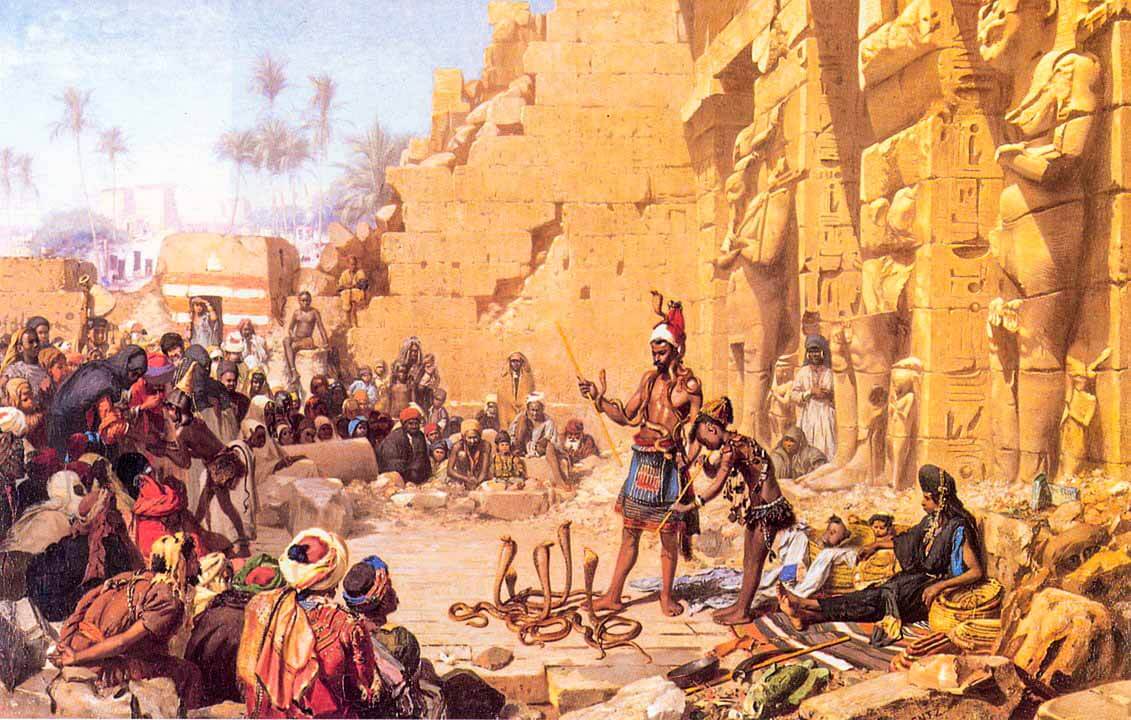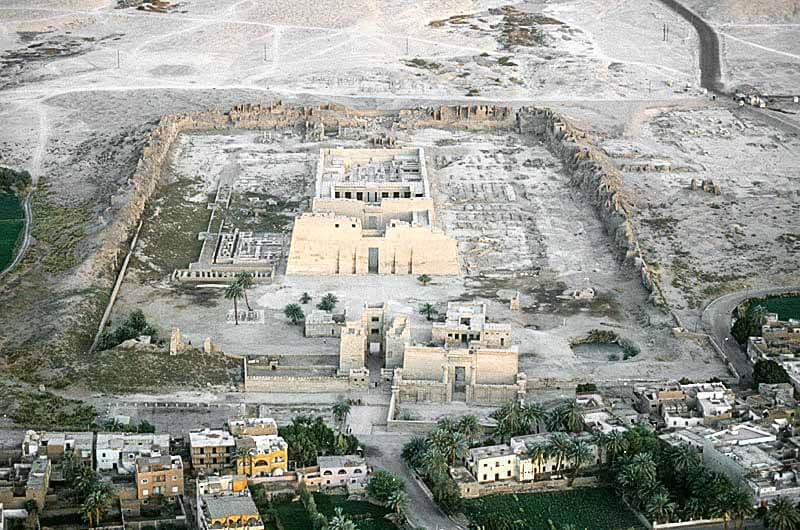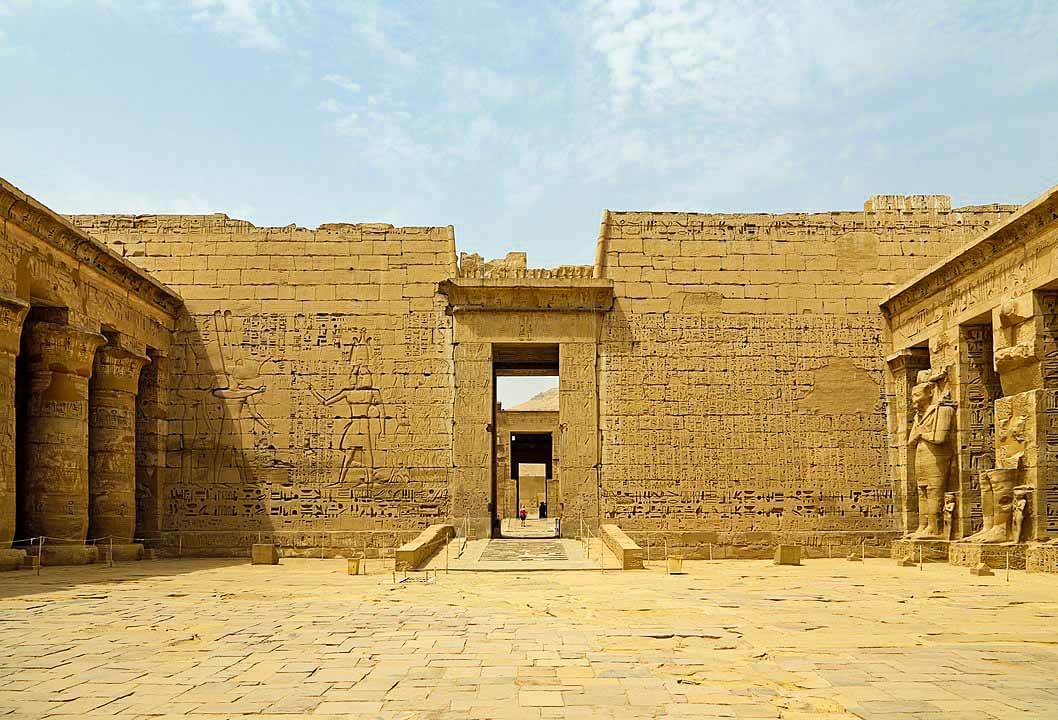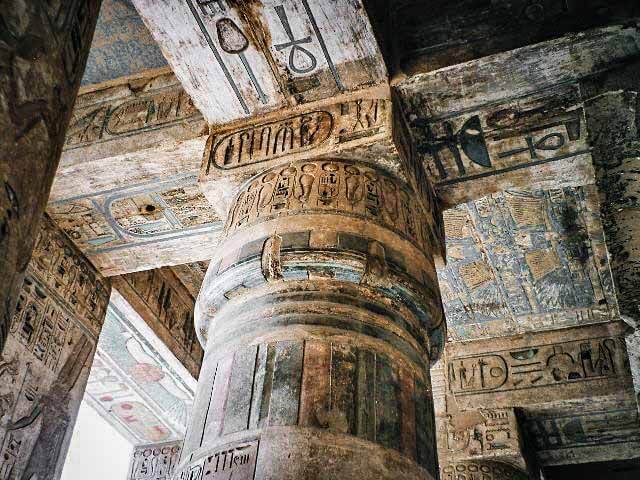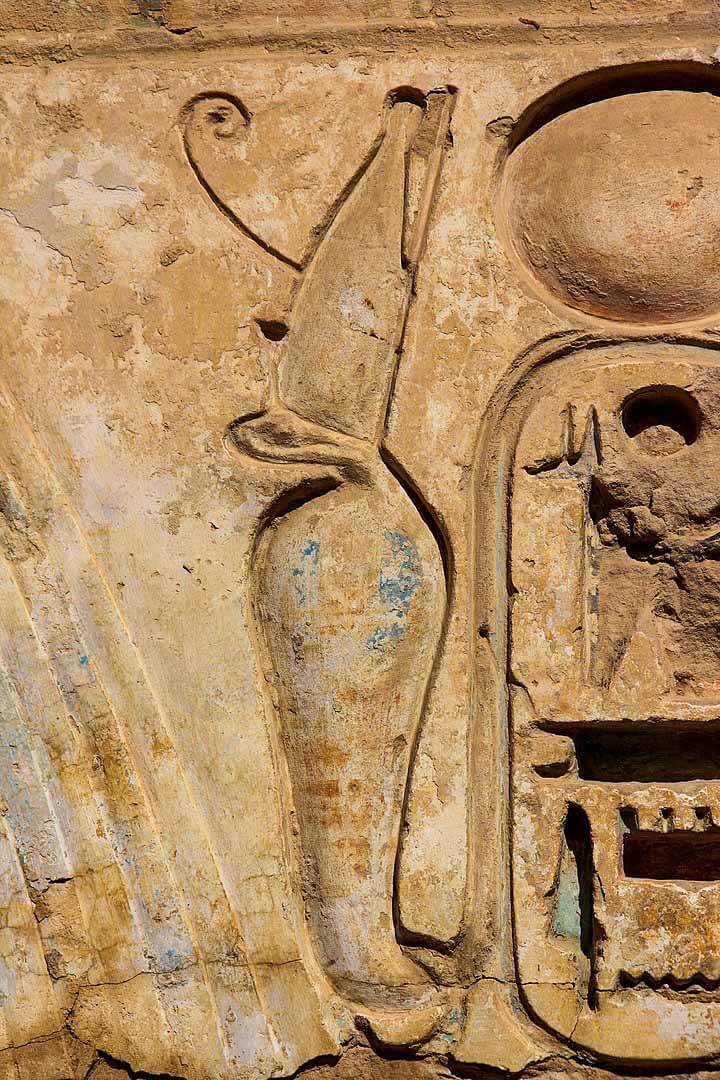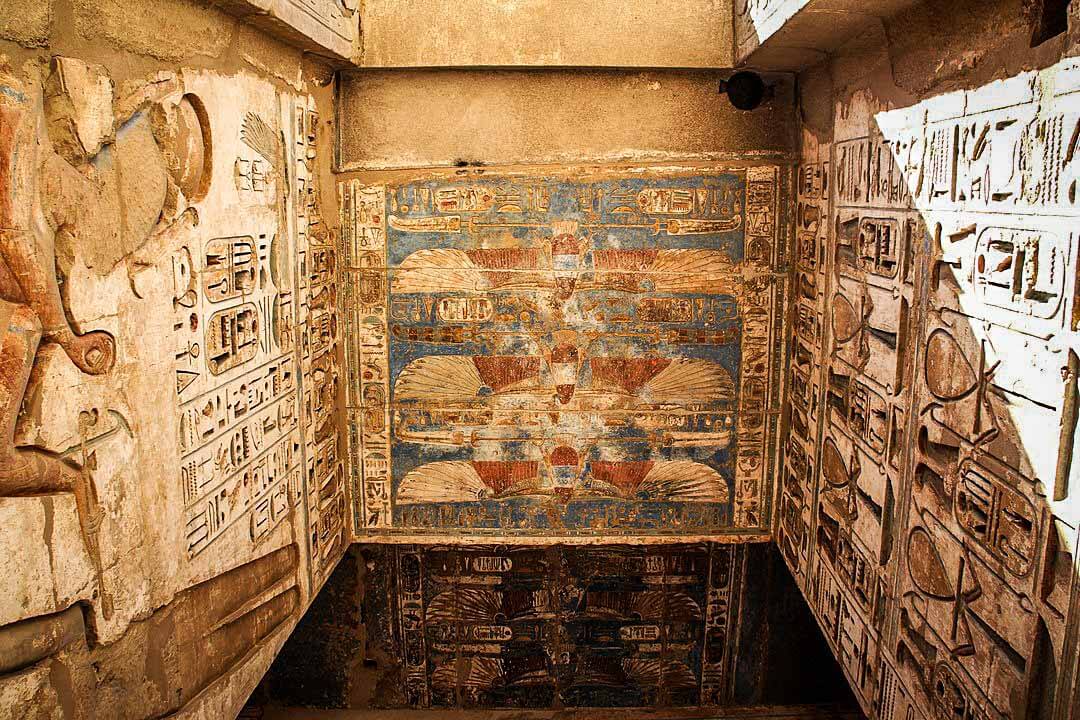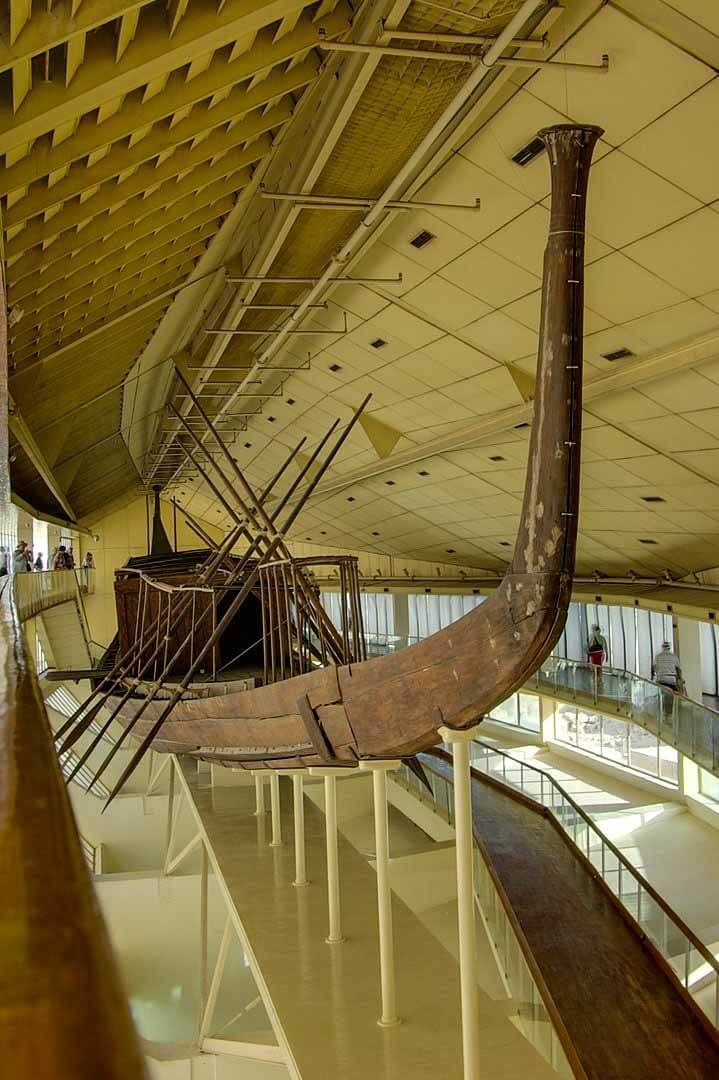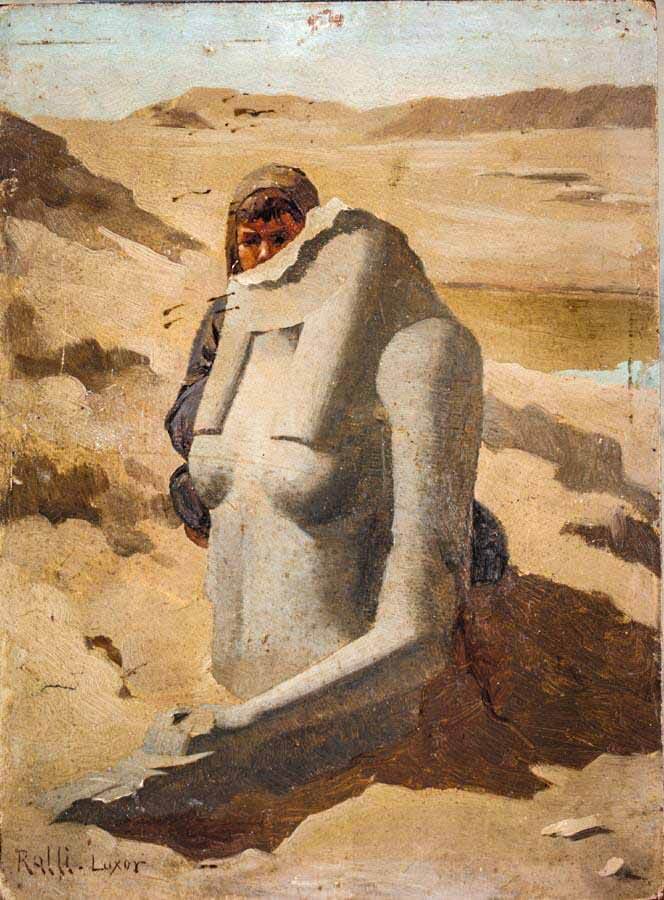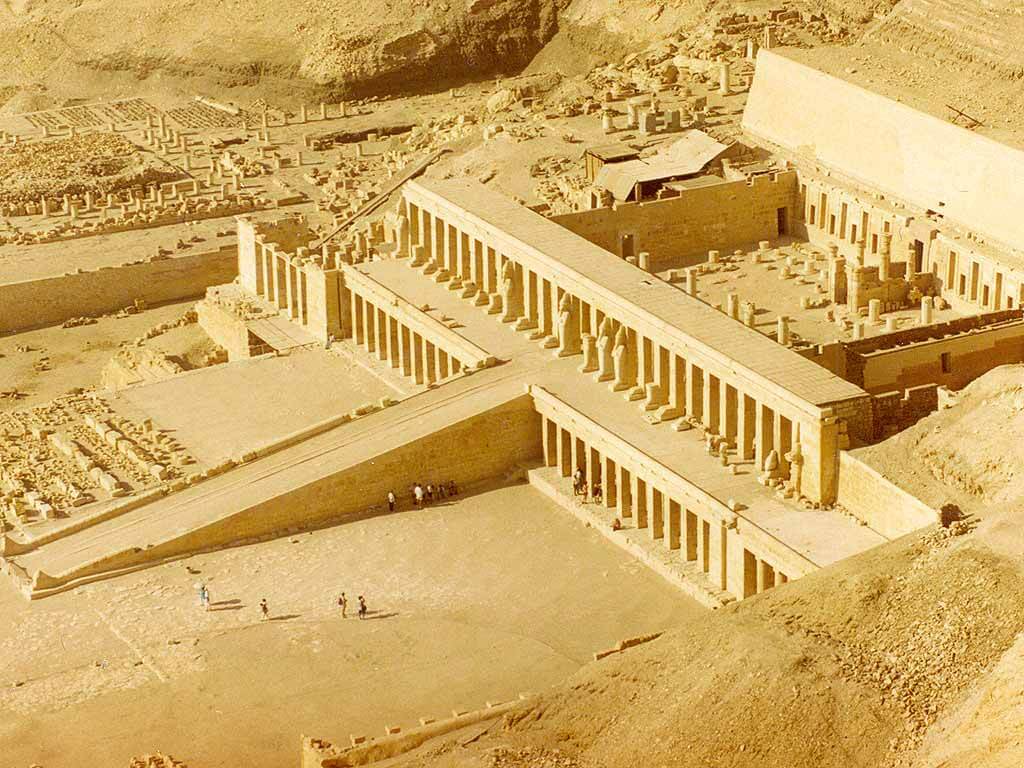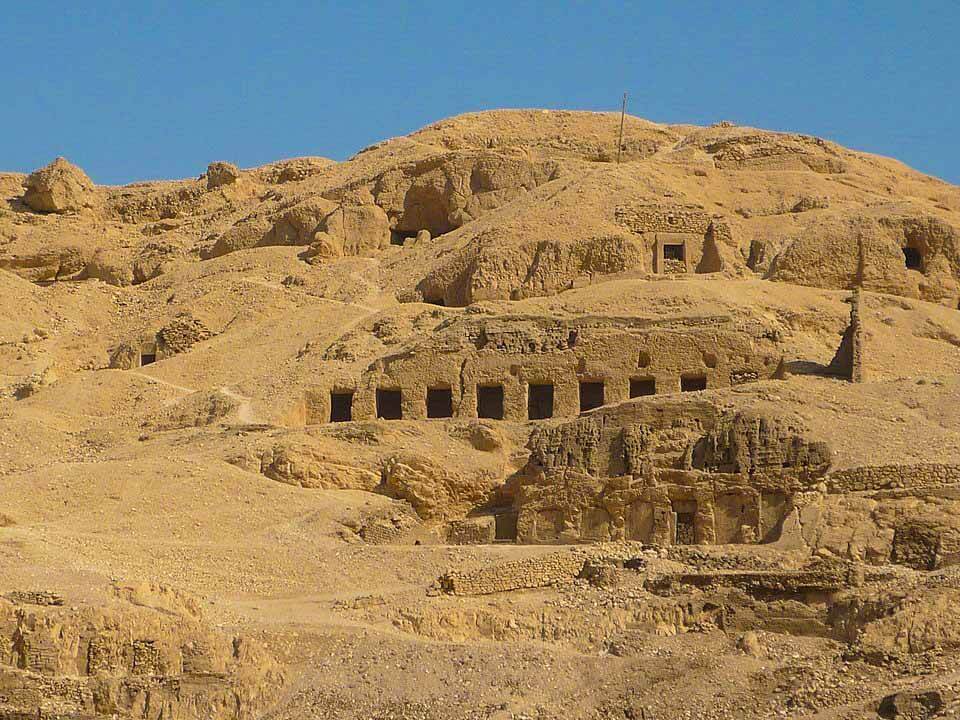Luxor, Egypt
Coordinates: 25.719350, 32.601331
The Temple of Ramesses III at Medinet Habu was an important New Kingdom period temple structure in the West Bank of Luxor in Egypt.
Aside from its size and architectural and artistic importance, the mortuary temple is probably best known as the source of inscribed reliefs depicting the advent and defeat of the Sea Peoples during the reign of Ramesses III.
The temple is approximately 150m long and almost a copy of the Ramesseum. Most of the walls are decorated and the entire area was enclosed by mud brick in the fashion of a migdol which was an architectural feature of Asiatic fortresses of the time. The entrance to Medinat Habu is described as a Syrian Gate.
The temple features a “Window of Appearances” where common people could come to be viewed by the pharaoh and this was part of the connection between the temple and the royal palace. The temple also features a partial ‘Kings List’ of pharaohs up to Ramses III. Some of the decorations on the worlds feature Ramses’s fight against the “Sea Peoples’.
Its walls are relatively well preserved and it is surrounded by a massive mudbrick enclosure, which may have been fortified. The original entrance is through a fortified gate-house, known as a migdol (a common architectural feature of Asiatic fortresses of the time).
Invaders are shown on boats and in chariots with different head wear from the Egyptians. In one place you will see where a scribe is counting the severed hands of the enemy in front of the Pharaoh so that the army can be rewarded. But underneath the pile of hands you will see a pile of severed male “members” because the soldiers used to also cut of the hands of their dead companions and submit them as defeated enemy.
Know This
With less people and no hassle, the temple is an oasis of tranquility. It’s very easy to include it in your itinerary so make sure you ask for a visit. There’s a quiet, clean cafe just outside it if you want to take a short break.The lack of other tourists makes this extra fun to visit. Allow at least 3 hours to tour this temple.
This is included in the Luxor Pass, so no waiting to buy tickets.



